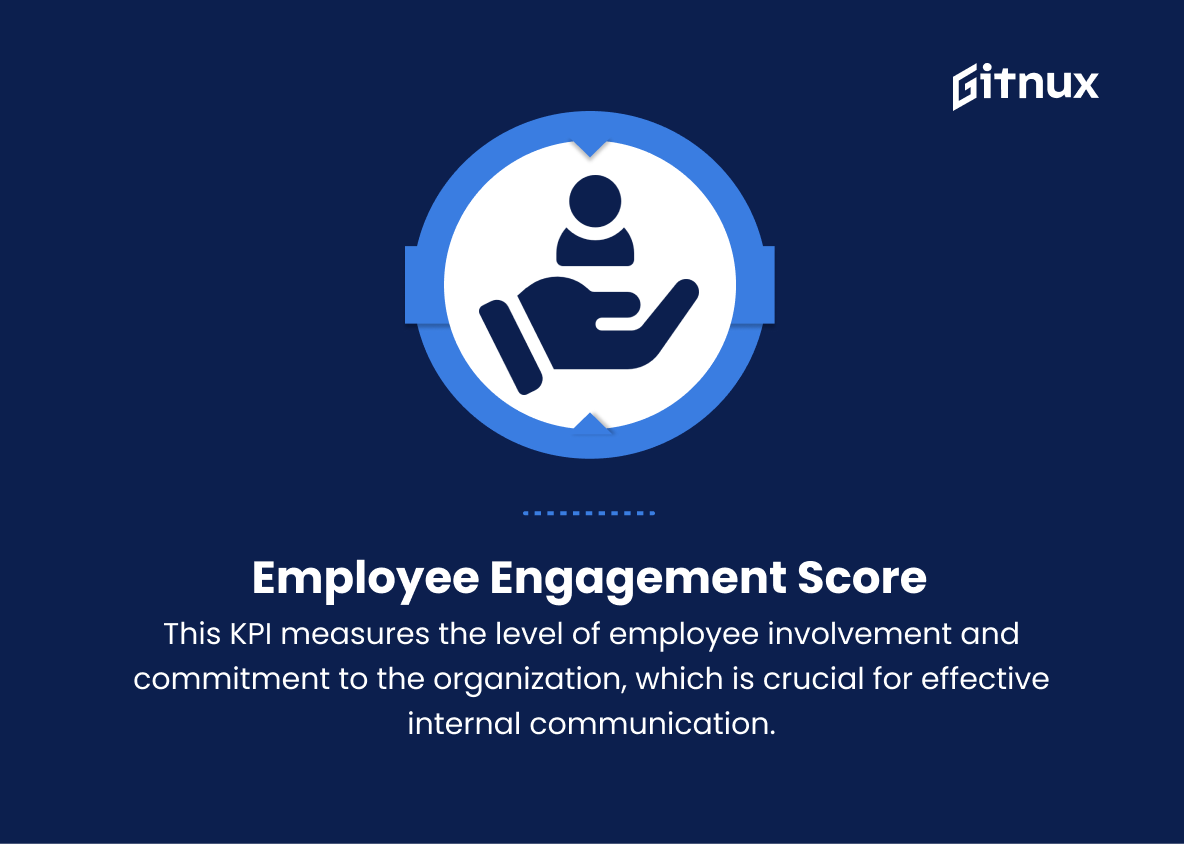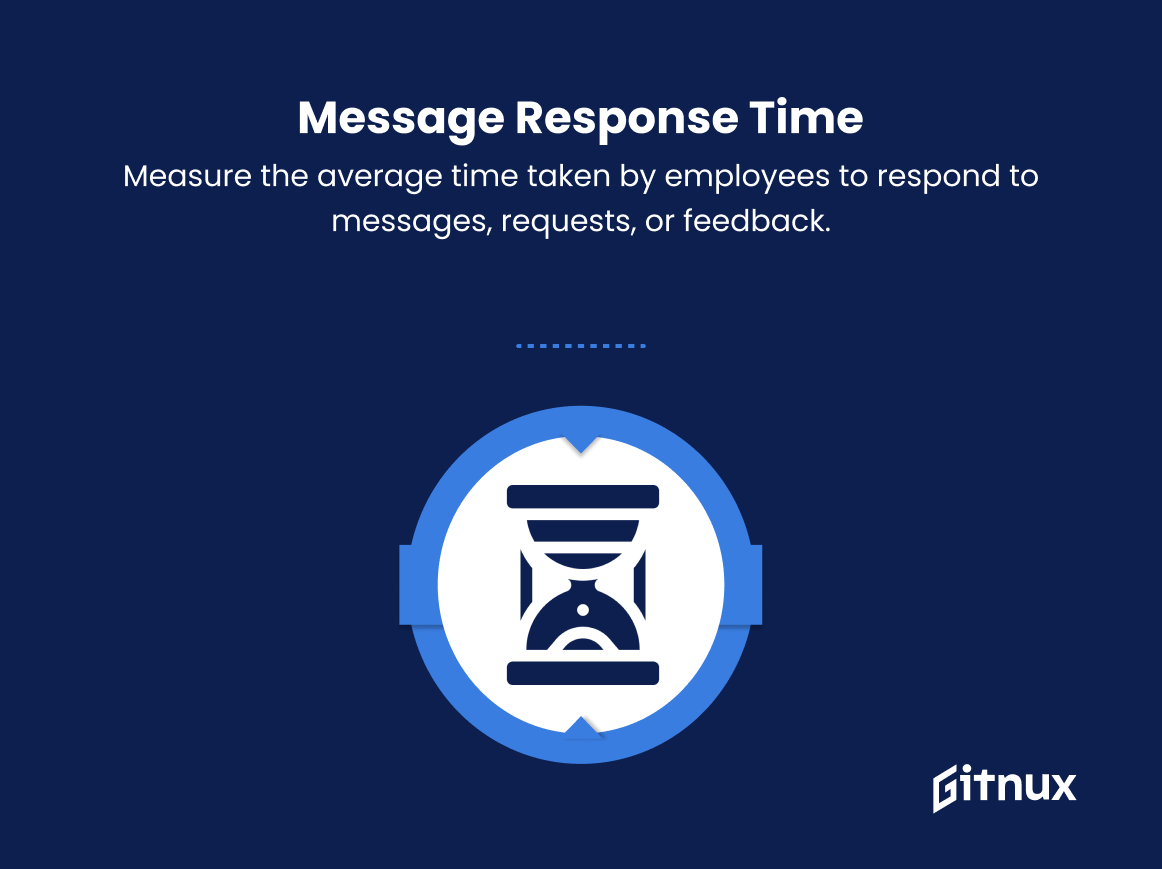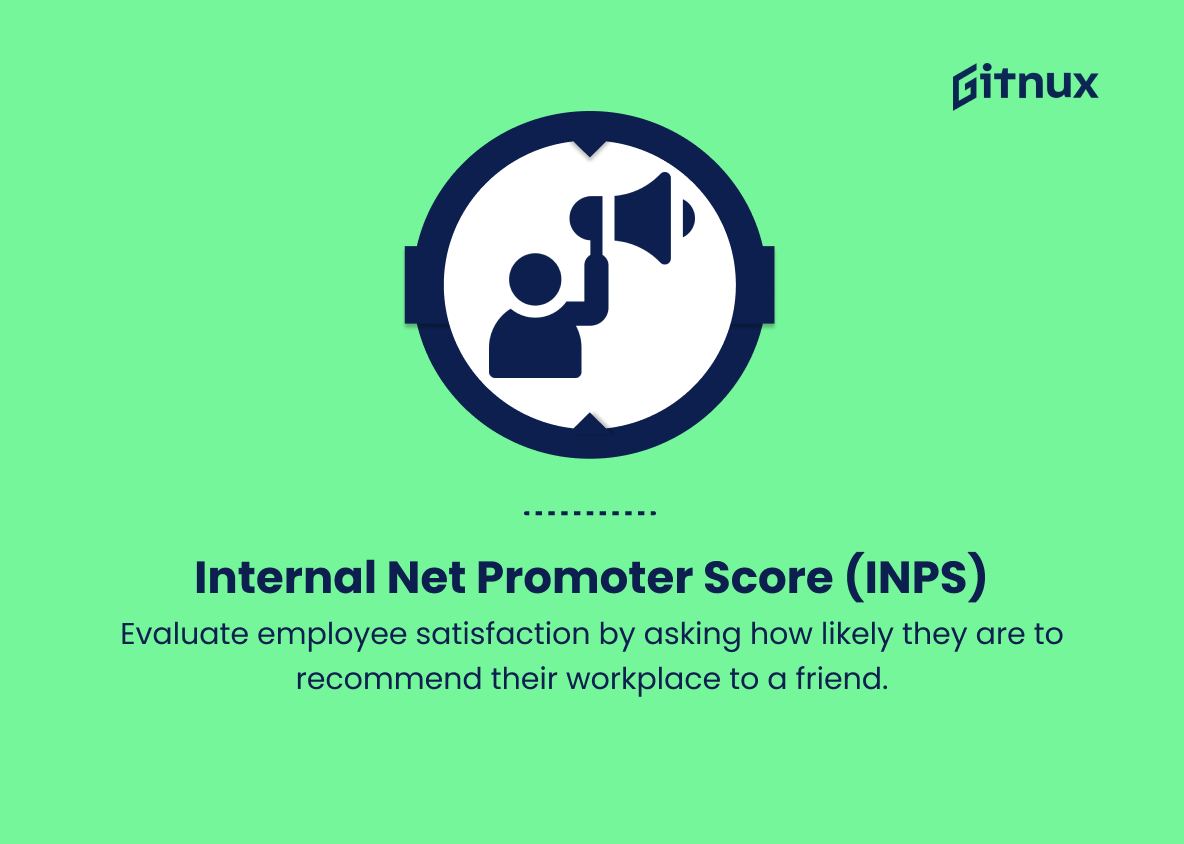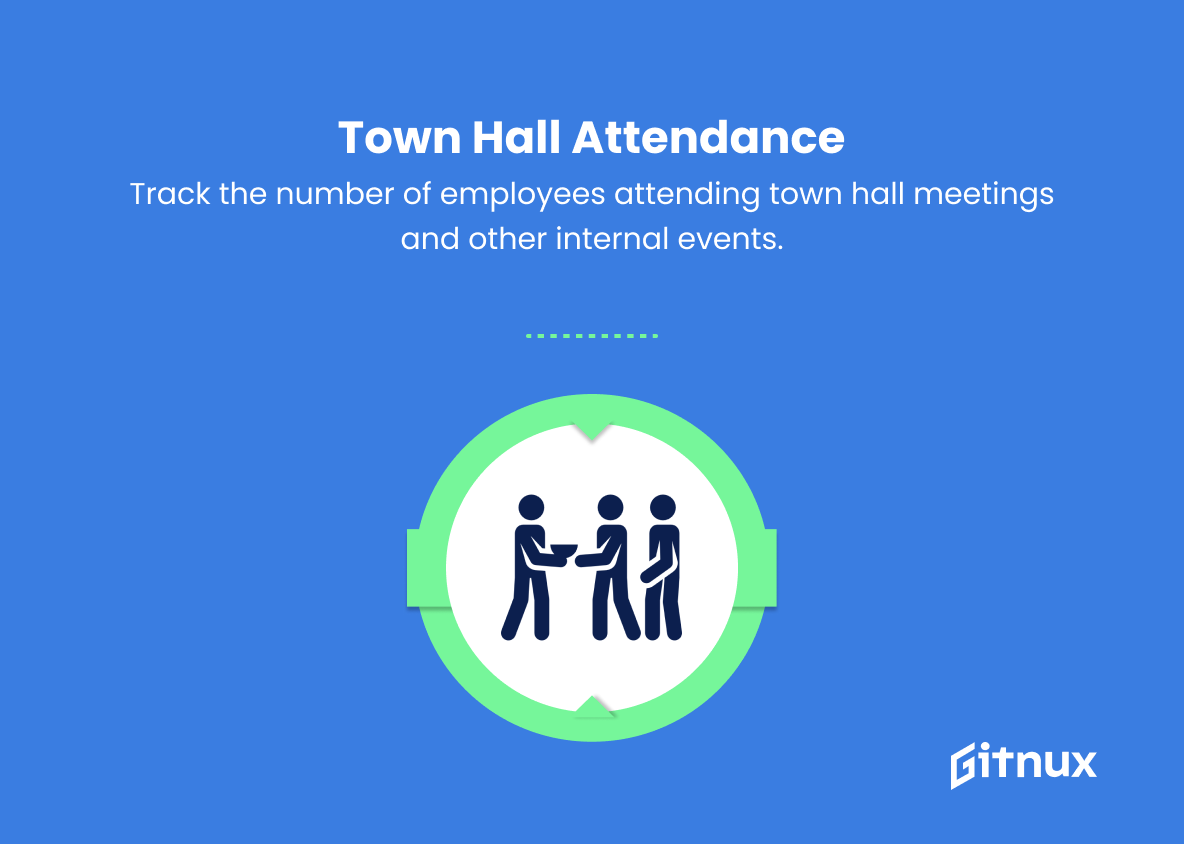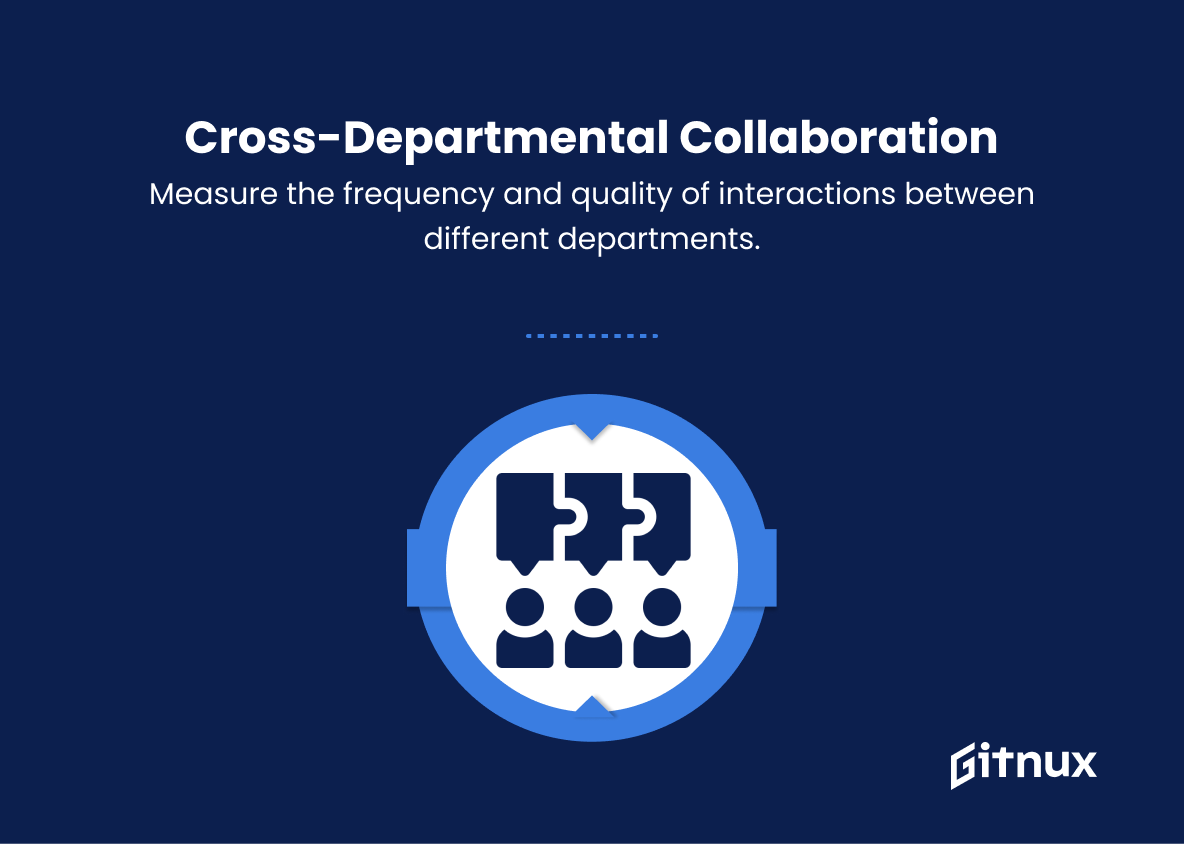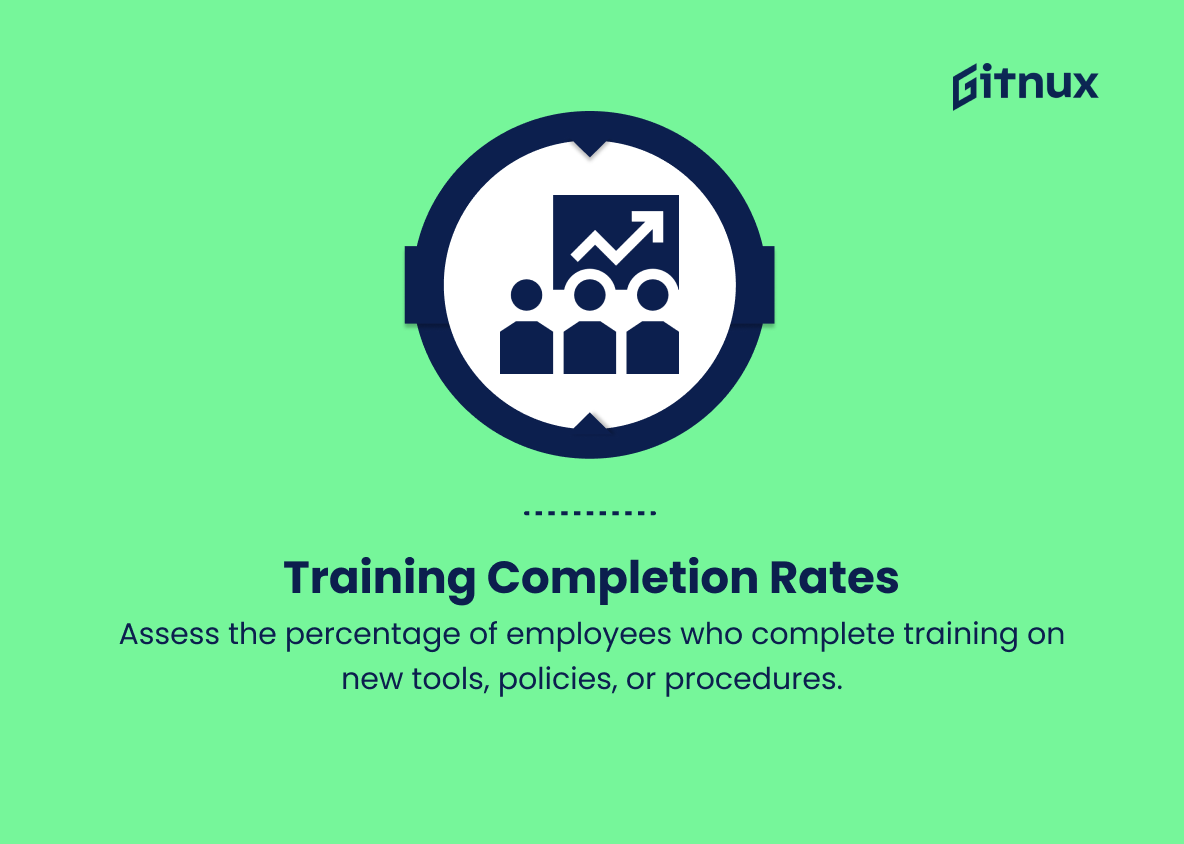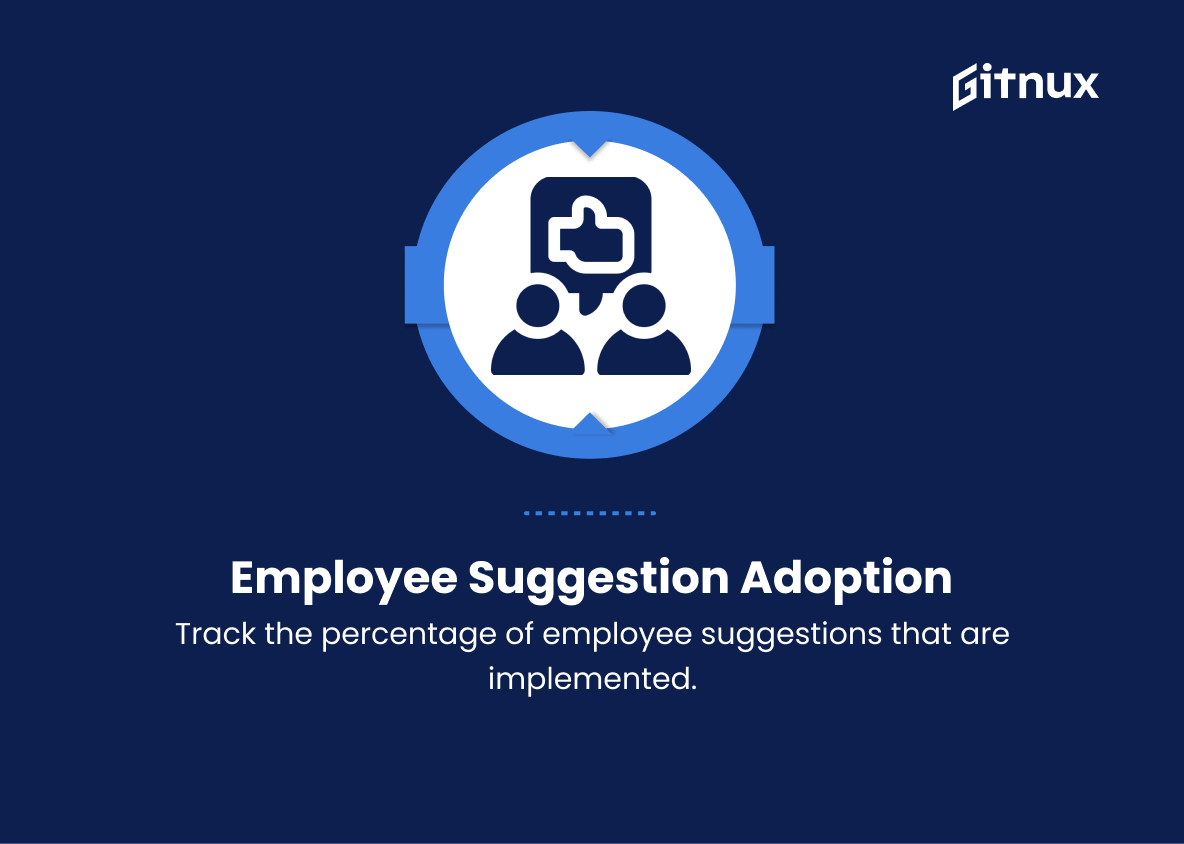In today’s fast-paced business world, effective internal communication is the backbone of an organization’s success. As companies grow and evolve, it’s crucial to establish clear channels of communication that allow for efficient decision-making, seamless collaboration, and a strong sense of trust among team members. One way to ensure that your organization’s internal communication is thriving is by monitoring specific Key Performance Indicators (KPIs).
These metrics not only provide actionable insights to improve communication patterns but can also significantly impact overall productivity and employee satisfaction. In this blog post, we will delve into the critical internal communication KPIs that every organization should be tracking and offer tips on how to optimize these metrics for long-term success. So, let’s dive in and unlock the full potential of your organization’s internal communication.
Internal Communication KPIs You Should Know
1. Employee Engagement Score
This KPI measures the level of employee involvement and commitment to the organization, which is crucial for effective internal communication. A higher score indicates a more connected and satisfied workforce.
2. Communication Channel Usage
Assess the popularity and effectiveness of various communication channels, such as intranet, email, and chat platforms. This KPI highlights which channels employees prefer and identify potential improvements.
One way to ensure that your organization’s internal communication is thriving is by monitoring specific Key Performance Indicators (KPIs).3. Message Open and Read Rates
Track the percentage of messages opened (emails, memos, announcements) and fully read by employees. A high rate signifies clear and engaging communication.
4. Message Response Time
Measure the average time taken by employees to respond to messages, requests, or feedback. A faster response indicates a more efficient communication culture.
5. Internal Net Promoter Score (iNPS)
Evaluate employee satisfaction by asking how likely they are to recommend their workplace to a friend. A high iNPS score indicates positive internal communication and overall satisfaction.
6. Town Hall Attendance
Track the number of employees attending town hall meetings and other internal events. Higher attendance rates show increased employee interest and involvement in organizational matters.
Internal Communication KPIs play a crucial role in understanding employees’ level of engagement and commitment to the organization, as well as the effectiveness of communication channels and strategies.7. Employee Survey Completion Rates
Measure the percentage of employees participating in surveys designed to gather feedback on internal communication strategies. High participation rates imply that employees are invested in organization improvements.
8. Active Employee Collaboration
Analyze the percentage of employees actively participating in collaborative workspaces, such as virtual meetings and group chats. High participation shows that they are engaged and committed to teamwork.
9. Knowledge Sharing Index
Track the volume of information shared by employees through resources like wikis, forums, or trainings. Effective knowledge sharing promotes growth, innovation, and success.
10. Cross-Departmental Collaboration
Measure the frequency and quality of interactions between different departments. Inter-departmental communication is critical for maintaining a consistent organizational culture and achieving common goals.
11. Training Completion Rates
Assess the percentage of employees who complete training on new tools, policies, or procedures. High completion rates indicate good internal communication and a workforce that is up-to-date with essential knowledge.
12. Feedback Loop Frequency
Gauge the regularity of two-way communication between employees and management. More frequent feedback loops show that both parties are engaged in maintaining an open dialogue.
13. Employee Suggestion Adoption
Track the percentage of employee suggestions that are implemented. High adoption rates signal that employee voices are heard and valued, promoting a positive internal communication culture.
Internal Communication KPIs Explained
Internal Communication KPIs play a crucial role in understanding employees’ level of engagement and commitment to the organization, as well as the effectiveness of communication channels and strategies. Assessing factors such as Employee Engagement Score, Communication Channel Usage, and Message Open and Read Rates allows organizations to gauge the success of their internal communication efforts and make improvements if necessary.
Additionally, KPIs like Town Hall Attendance and Employee Survey Completion Rates highlight employees’ involvement and investment in organizational matters, while Training Completion Rates and Feedback Loop Frequency showcase the workforce’s adaptability and openness to dialogue with management. Furthermore, KPIs related to collaboration and knowledge sharing, such as Active Employee Collaboration and Cross-Departmental Collaboration, are important for fostering a unified organizational culture and stimulating innovation.
Lastly, tracking Employee Suggestion Adoption demonstrates a company’s commitment to valuing employee input and fostering a positive communication environment. Overall, these Internal Communication KPIs are essential for organizations to measure and enhance their communication processes and ultimately, achieve greater success.
Conclusion
In conclusion, focusing on internal communication KPIs is paramount for businesses to thrive in today’s competitive landscape. Companies that achieve efficient communication practices gain increased employee engagement, improved productivity, and positive company culture. By tracking and measuring the most relevant KPIs, business leaders can effectively analyze the strengths and weaknesses of their internal communication processes, refine their strategies, and create a strong foundation for continued success.
While the specific KPIs may differ from one organization to another, the priority should remain on capturing insights that will empower organizations to foster strong communication practices and drive positive change. This not only contributes to individual employee growth but also promotes unity and collaboration across teams and departments, all while ensuring informed decision-making and sustainable progress for the company as a whole.
